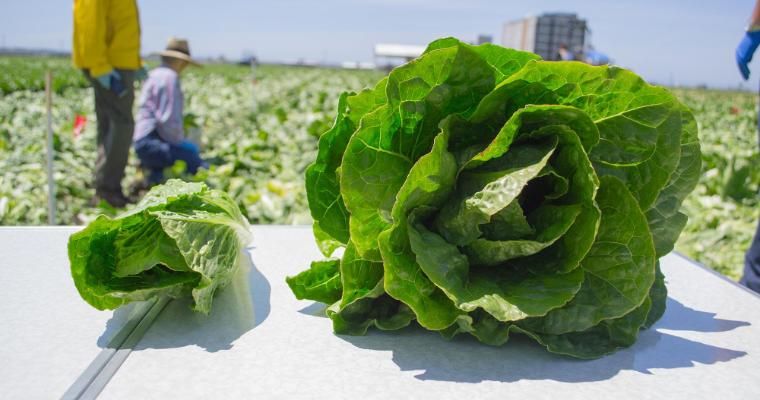
A Solution to Food Insecurity?
The Food and Agribusiness Institute (FAI) at the Leavey School of Business was awarded a grant of $15,000 from the Bank of America Charitable Foundation to continue its research into food insecurity and determine ways to combat it. Since 2010, the Institute has received approximately $200,000 from this foundation, primarily supporting hunger research, the Hunger Index, and the Hunger Action Summit.* This year, the grant will additionally support a food waste research project looking to identify the potential to harvest edible produce that is currently left behind in the field.
“The first step in our food waste project is to identify how much food is left unharvested,” says FAI director Dr. Greg Baker.
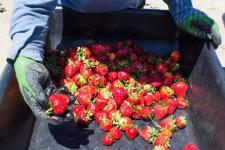
To address this, in the summer of 2016, SCU student researchers, coordinated by professor Mike Harwood, conducted 71 field surveys in the Salinas and San Joaquin valleys focused on 10 major vegetable and fruit species, with the cooperation of 33 growers.
Preliminary findings of the study, which was designed to extend over three years to account for seasonal differences, confirm that it is a worthwhile area of study. Of the 10 crops surveyed, percentages of edible crop left in the field came out to be approximately:
- 70% - Romaine Hearts
- 30% - Strawberries, Broccoli & Cauliflower
- 20% - Sweet Corn
- 15% - Fresh Tomato & Cantaloupe
- 10% - Bunch Spinach
- 5-10% - Artichoke & Celery
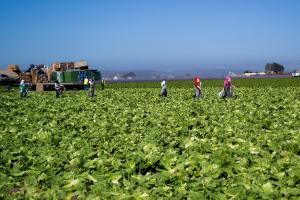
FAI will resurvey the 8 species where percentages exceeded 10% again in 2017, while also adding additional species to the list.
According to Harwood, "the researchers were surprised to find that the major reason for produce rejection with most species was not cosmetic or shape issues, but considerations including size, fruit maturity, color, and the stripping off of perfectly edible outer leaves before packing romaine hearts." (Pictured right).
“Once we quantify the amount of food waste,” said Dr. Baker, “we can start trying to figure out how to economically harvest and ship that excess to food banks who would then distribute it to low income people.”
Developing this supply chain is critical. “It doesn’t make economic sense right now for farmers to use resources to harvest the commercially unwanted edible produce," indicated Harwood.
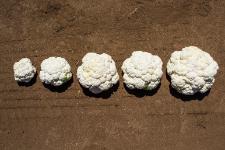
The study found that on-farm waste exceeded 1 ton per acre for cantaloupe, sweet corn and broccoli and generally exceeded one-half ton for the other crops surveyed. U.S. per capita annual fresh produce consumption is around 300 lbs. per year. This study indicates that unharvested food from 287,000 fresh produce acres (mostly hand-harvested) in Monterey county alone could supply 2 million needy people with enough fresh produce to raise their consumption to the national average.
Finding a solution to this food waste problem would not only make food that would otherwise be wasted available to food banks and low income populations, but it would contribute to improving the nutrition in a demographic group that often lacks the means to eat a balanced diet, says Dr. Baker. As the first large-scale study of its kind, this research opens the door for others to not only explore how food waste affects their communities, but to give them a model to follow.
Through research initiatives, the Food and Agribusiness Institute continues to address complex problems that face our local communities and work towards solutions that not only support our most vulnerable neighbors, but ultimately help populations across the globe.
*Note: The Hunger Action Summit, held on campus each winter in partnership with Second Harvest Food Bank, brings together organizations addressing food insecurity. By partnering with local food banks, Dr. Drew Starbird and the Food and Agribusiness Institute compile the Hunger Index that examines how many additional meals are needed to address hunger in Santa Clara and San Mateo Counties. Over the past 5 years, this Index has provided local food banks with invaluable data that helps assess the need for food assistance to those vulnerable to food insecurity.
A comparison of the romaine lettuce heart (left) which is sold to distributors and the full romaine head (right). The outer leaves of the head are torn off and left in the field to harvest the hearts.
